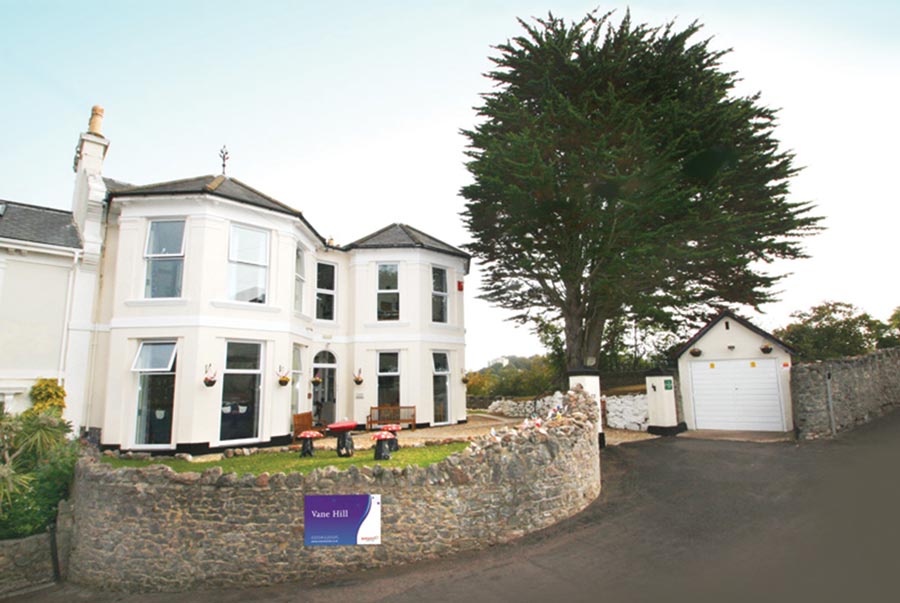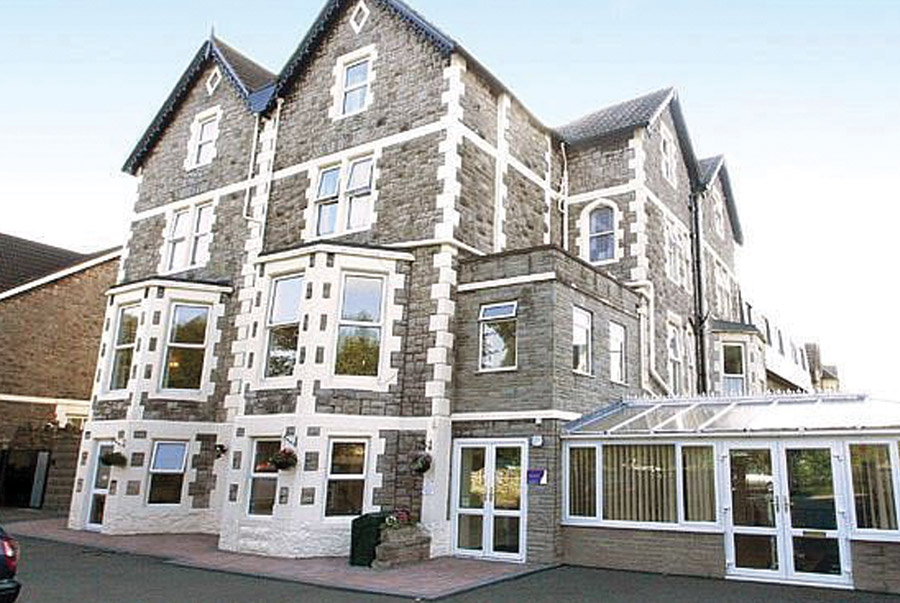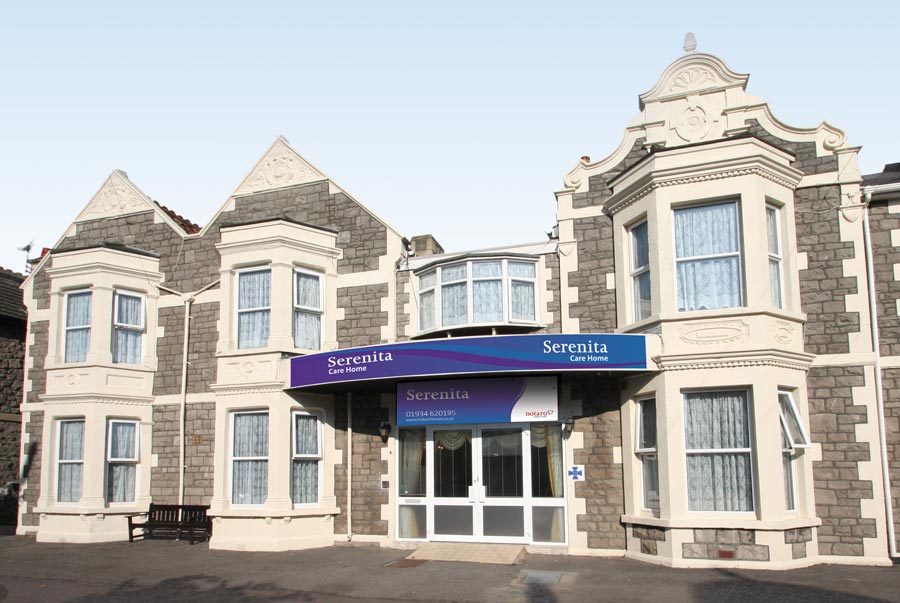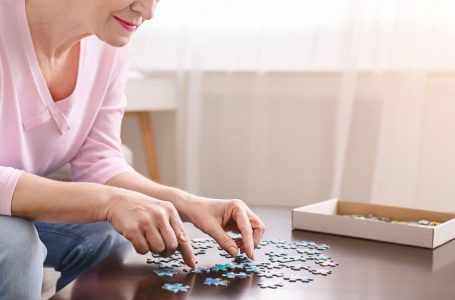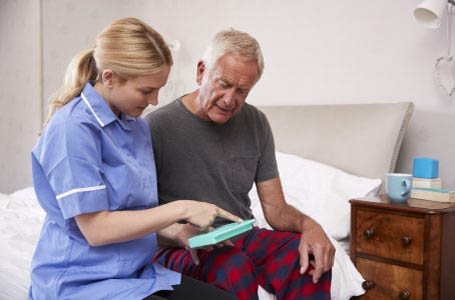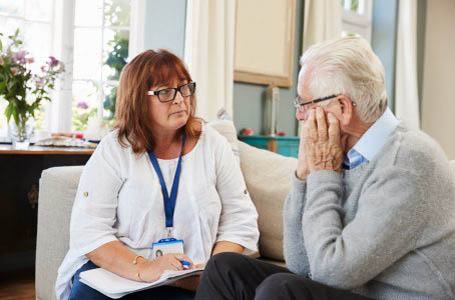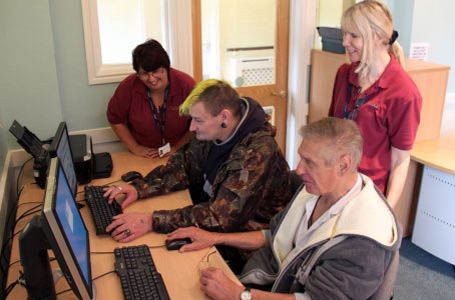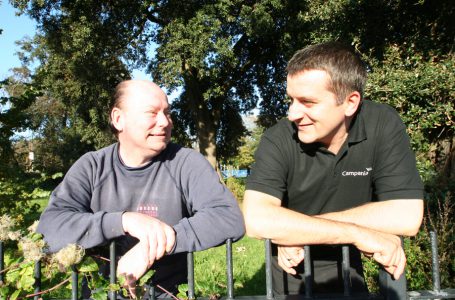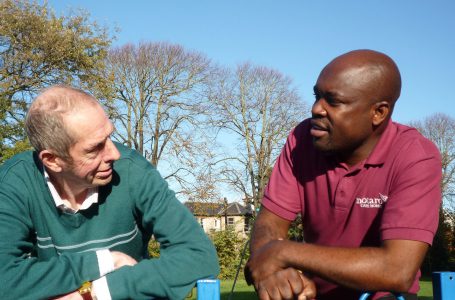At Notaro ARBD Care, we often get asked how the process of recovery begins for someone suffering from Alcohol-Related Brain Damage. That’s why we’ll be taking a holistic look at the entire process someone might expect when receiving support in today’s blog.
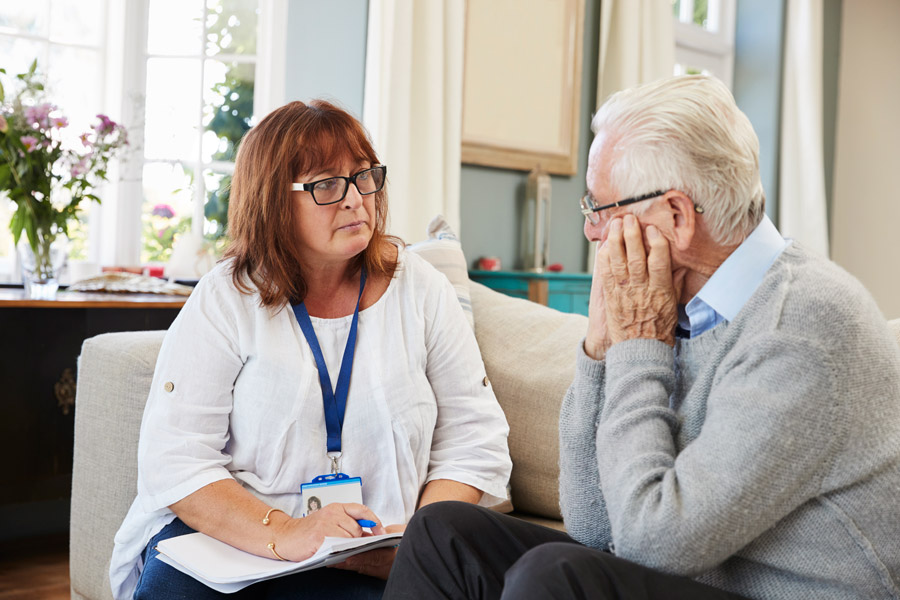
The first, and most important step, is to gain abstinence from alcohol. The way this is achieved ranges for everyone depending on their circumstances. Whether through voluntary rehab, state-supplied rehab (for someone who may have been convicted), or on someone’s own accord, this step must be achieved before recovery can begin.
A person who has been drinking heavily for a long-term period should not stop suddenly alone. Despite how this sounds, for a person dependent on alcohol, to completely stop could present many dangers to their health, like sending their body into shock. Instead, someone with ARBD can receive detox treatment at a hospital, available through the NHS.
When going for a detox, the person will be assessed and given medication for the withdrawal symptoms, with the medication being reduced over a 7 to 10-day period while being monitored. It’s typical they will also receive high-dose treatments of thiamine, as the lack of this nutrient is one major cause of ARBD.
From here, a decision will be made as to whether the patient can go home to recover, or instead be referred to a residential recovery programme, such as Notaro ARBD Care. It should be noted that only severe cases of ARBD are referred to these programmes, for example when daily tasks cannot be carried out independently.
When first referred to Notaro ARBD Care, one of our team will come out and speak with the person and their family. From here, we gauge everything from likes and dislikes, severity of the ARBD, a recovery plan, and which home would be best. We’ll keep everyone in the loop at all times, and we’re only a phone call away should any questions arise.
With our nutrition plans, activities, and independent task developments, our three-step enablement programme will see a person regain their independence as much as possible, until it’s deemed safe for them to go home and go back to living their life sober. When a person goes home, we recommend the following steps be taken to ensure they’re comfortable and stick to their recovery.
- Ensure there is no alcohol in the house
- Put together a meal plan together to ensure all the nutrients needed are reached
- Make the living space a comfortable environment, with good lighting and furniture that isn’t moved around often
- Try to plan out structured daily routines
- Continued used of alcohol support services to ensure they maintain sobriety, such as Alcoholics Anonymous or SMART Recovery.
All in all, that is the ARBD recovery process. While it is never as simple as it looks on paper, with challenging behaviours and an addiction to recover from, the Notaro ABRD Care team are always on hand to provide support whenever it is needed. If you have any more questions about the process, please give one of our homes a call.
